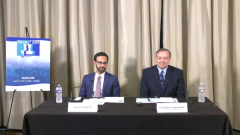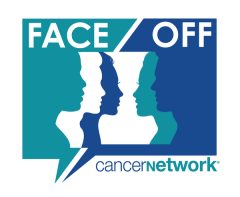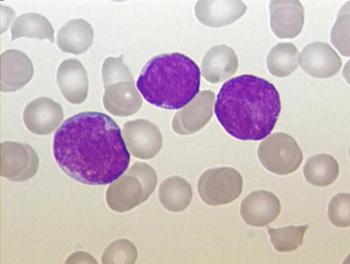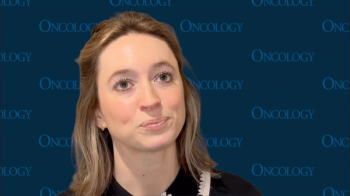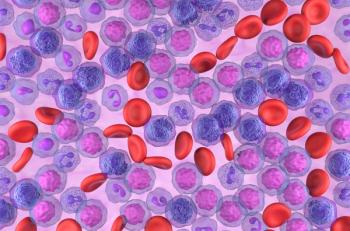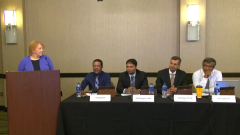
Cross Q&A: Role of Olverembatinib in Heavily Pretreated CML
In this cross Q&A, both the Mayo Clinic and UT Southwestern teams share insight on the role of olverembatinib in relapsed/refractory chronic myeloid leukemia.
Episodes in this series

Transcript:
Judy Schreiber, PhD, RN: Thank you for that presentation. [Are] there any questions or comments on this new product coming up for this stage?
Abhishek Mangaonkar, MBBS: Just a comment. [That was a] great presentation, Dr [Kebede] Begna. I think the field of CML [chronic myeloid leukemia] is probably getting crowded, lots of TKIs [tyrosine kinase inhibitors], and you always wonder why one more. As someone who sees these patients, and also someone who does allogeneic transplantation for these patients, once you reach that stage where you get the T315I mutation, I think that it’s still an area of need…. So again, I’m glad we have 2options, but this will be the third option. I hope this gets approved in the [United States] so we can use it.
Adeel Khan, MD, MPH, MS: Do you feel that there might have been some degree of selection bias in the patients who entered this trial, because they were so heavily pretreated, those with the more aggressive features upfront never quite made it to bafetinib and to eligibility for something like this?
Kebede Begna, MD: These are patients who do not have any other choice. As you know, to do transplants, you have to have some kind of remission. Unless we put the patient to remission, Abhishekis not going to do the transplant. Really, there is not any kind of selection bias. These are patients who have no hope other than considering clinical trial.
Abhishek Mangaonkar, MBBS: The other thing is that I think the responses that I see seem a bit better than asciminib, but we don’t have [the data]. The responses tend to be exaggerated in these smaller studies. I would look forward to seeing a much larger phase 3 study, where we can then maybe compare it to asciminib and see where that fits in the treatment algorithm for these patients.
Kebede Begna, MD: As Abhishek said, the number is very small; that’s why they are opening nationwide, an ongoing phase 2clinical trial. They chose 40 mg every other day.
Prashant Kapoor, MD, FACP: If this agent does get approved in the [United States], where exactly would you be placing it in your treatment paradigm?
Kebede Begna, MD: So, you see, patients with AML [acute myeloid leukemia], not all of them are transplant eligible. For any patient who is transplant eligible, T315I mutation, failed 2 or3lines of treatment—every time there has to be a consideration for allogenic stem cell transplant. Abhishek may tell us, you might do 1or 2. Previously, 40 years ago, everybody was going for allogenic transplant. So that has to be always as a case, because as we said, even though they achieve major cytogenetic remission, molecular remission, still they are not cured, especially those who have [been] exposed to multiple TKIs.
Transcript edited for clarity.
Newsletter
Stay up to date on recent advances in the multidisciplinary approach to cancer.


